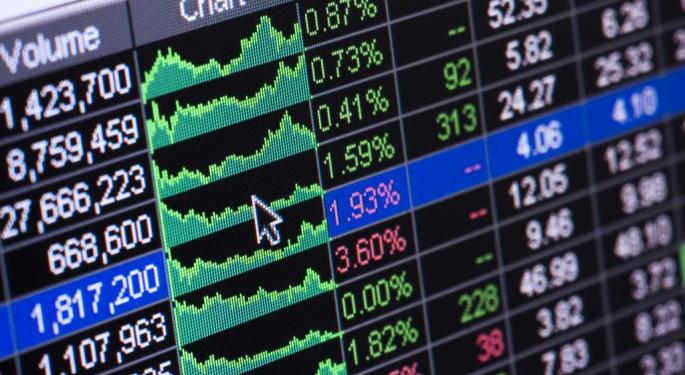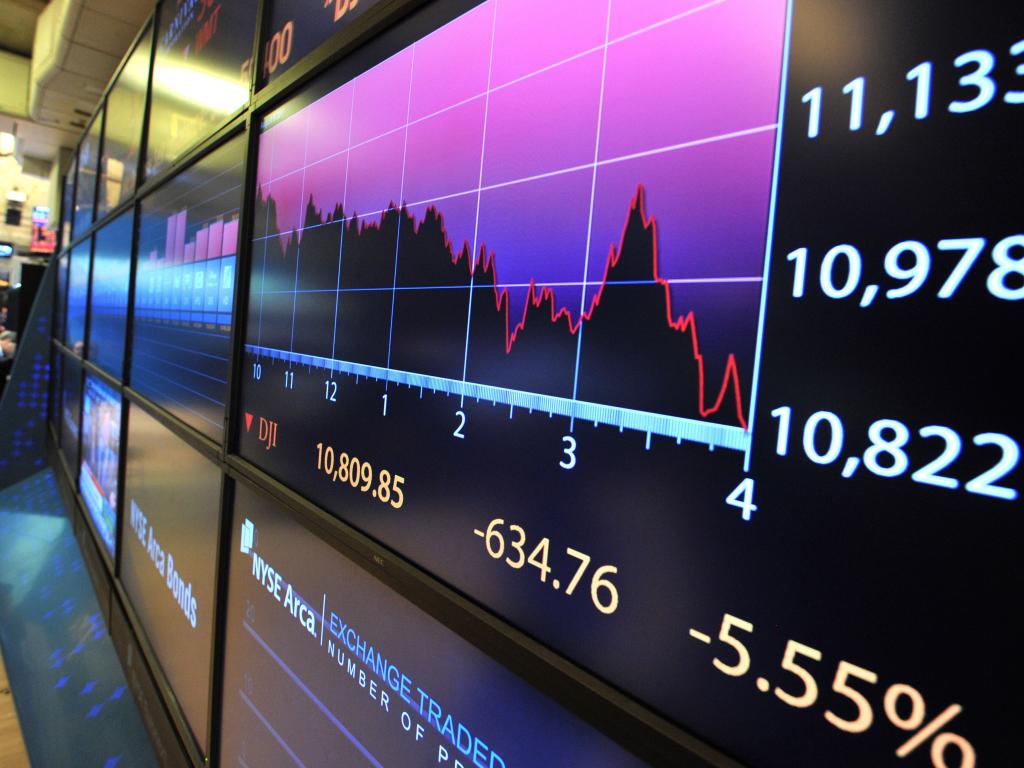ETF Tips, And How Its Work's
In regulatory language, the Exchange Traded Fund (ETF) is called an open-end mutual fund in the form of a collective investment contract whose unit of participation is traded on the stock exchange. In other words, this type of mutual fund incorporates features rather than mutual funds and stocks. What does this ETF look like?
Open mutual funds are mutual funds that can be resold to the issuer's Investment Manager. So in practice, you buy mutual funds from the Investment Manager. When it is released, the mutual fund is sold back to the investment manager.
All existing mutual funds are fundamentally open mutual funds. Therefore, although called purchases and sales, in the language of the prospectus sometimes we can still find the word Sale transactions (Subscription) and Redemption.
Both words use "Sales" because the Investment Manager "sells" to the investor then the investor "resells" when making the disbursement. The sale and resale transaction occurs at a price called Net Asset Value per Unit or NAB / Up.
The transaction is mandatory, but the transaction price or NAB / Up is only known in the afternoon and published on the next business day. So when it entered the purchase order, investors do not know the transaction happened at what price.
The above mechanism is different from the transaction in the sale and purchase of shares that use the market mechanism. When willing to buy shares, investors enter the order in the form of price and number of shares he wants. The new transaction is successful if there are other investors willing to sell at that price and amount.
The same is true for stock transactions. Thus, there is a risk of a transaction unsuccessful because the price and amount desired by the investor are too high or low. But investors can find out the price of how many transactions occur.
As the name implies, ETF is a merged product that incorporates elements of mutual funds in the way of fund management and stock mechanisms in transaction procedures.
ETF Fund Management Strategy

The principle of fund management by ETF is basically the same as the index fund. Ie imitates the composition of stocks that make up certain indices such as LQ-45, IDX30, Kompas100 and other indexes thus the performance of the mutual fund is cultivated the same as the index that became the reference.
So the good performance of ETF mutual funds does not depend on how optimal the return and the risks are generated but how far the difference with the reference index. The greater the difference, although ETFs are better than reference indices, are still considered unfavorable.
The difference between ETF performance and reference index is called tracking error. Ideally tracking error = 0 so that the ETF performance is the same as the reference index. Because of its passive management, generally, the management cost of ETF mutual fund is smaller than a conventional mutual fund.
However, recently there is a new type of ETF that is actively managed. In contrast to ETFs targeted to equal the benchmark index, this actively managed ETF type has a target to deliver better performance than the benchmark index.
Mechanism of ETF Sale and Purchase Transaction

Buy and sell transactions can be done in 2 ways. First, just like a mutual fund that buys and resells to the Investment Manager. Unlike conventional mutual funds, transactions to the Investment Manager can only be done with great value.
The process of purchasing an ETF fund to an Investment Manager is also called Unit Creation (Creative Unit). Depending on the policy, the amount of 1 unit of creations generally ranges from at least 10 million sheets multiplied by NAB / Up ETF.
Somewhat different from the first price of mutual funds that always starts from 1,000, the first price of ETF can start at any price. Generally, the Investment Manager will make the first price of the mutual fund equal to the reference index making it easier to monitor the comparison with the reference index.
The second way is a transaction that is devoted to retail investors. Because the transaction value is relatively smaller, then the method of sale and purchase of mutual funds by retail investors is done through the mechanism of sale and purchase in the stock exchange just like the stock transactions.
So investors buy ETFs not from Investment Managers but from other investors who have ETFs on agreed prices and amounts.
As discussed at the beginning, the weakness of the buying and selling mechanism in the market is if there is no corresponding demand and supply so that the transaction does not occur.
To anticipate this, there are parties called participant dealers. They are a securities company signing an agreement with the Investment Manager to become a liquidity provider for ETFs.
Liquidity providers are parties acting as buyers and sellers of standby. In the absence of sufficient demand and supply, the participating dealer will enter the demand and bid order at market price so that the investor does not have difficulty in buying or selling ETFs on the stock exchange.
Since the transaction is the same as the stock, the ETF can be purchased from any securities company even though it is not a participating dealer and is not affiliated with the Investment Manager of the issuer.
ETF Investor
Because of its uniqueness, frankly, this ETF instrument is not a lay investor. Understand how the mutual fund works and how the stock market works before investing in a type of mutual fund.
Abroad, in addition to more educated investors, ETF is growing rapidly because historically conventional mutual funds are outdone by the benchmark index.
So instead of paying for the cost of managing but getting a losing outcome with the benchmark index, it's better to invest in ETFs whose results are not far off the benchmark index but with cheaper management costs.
ETF is still in development stage because both the industry and mutual fund investors are still in the developing stage. In addition, it is still possible to find mutual funds that have historically outperformed the benchmark index so investors are more interested in conventional mutual funds.
Read :
6 Easy Way To Save Money
7 Ways To Make Money From Home
Comments
Post a Comment